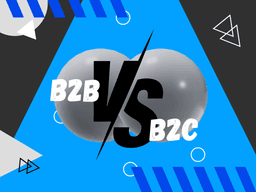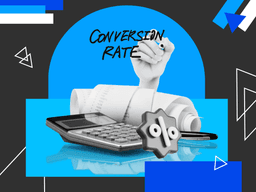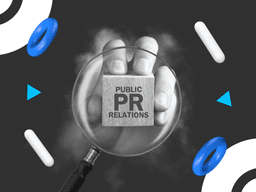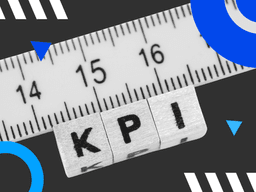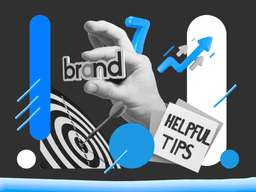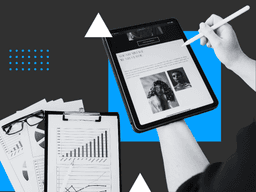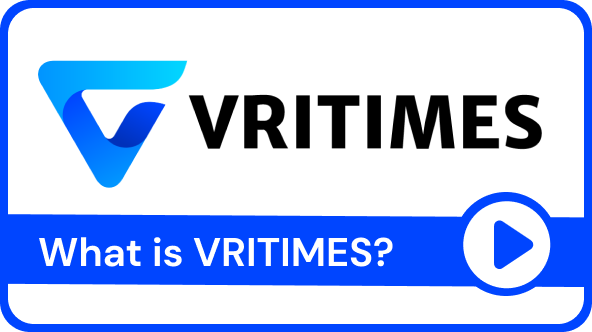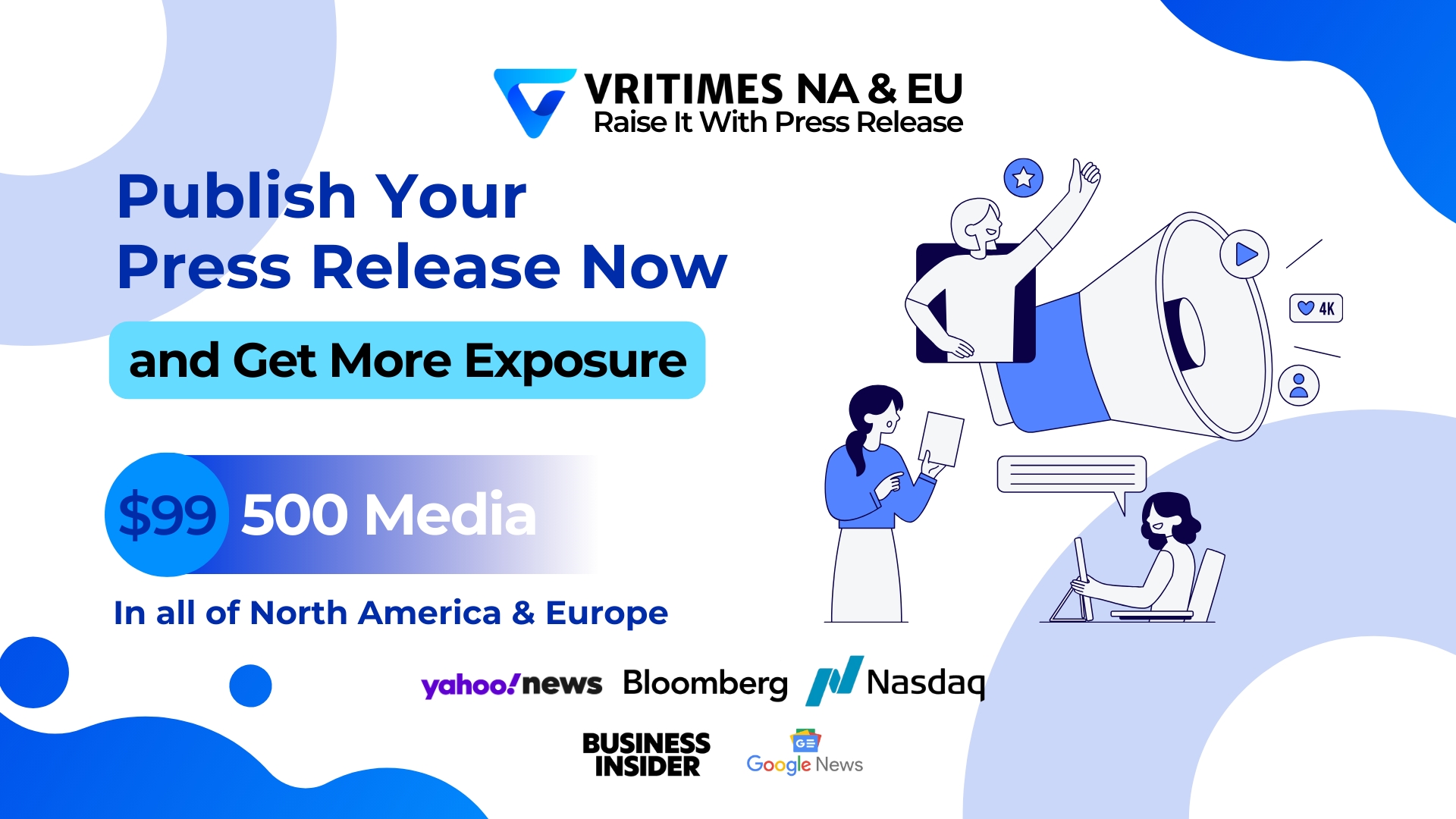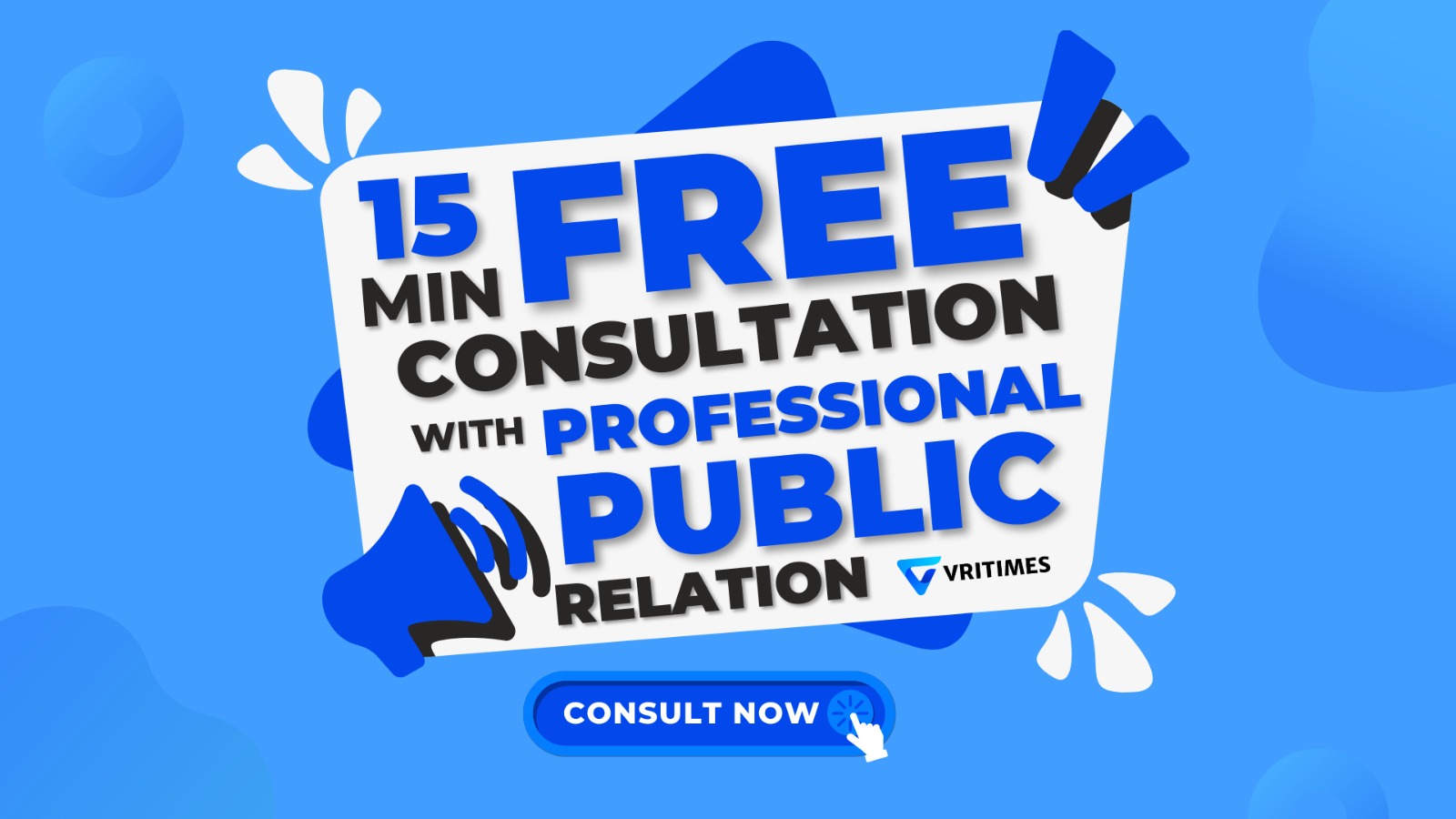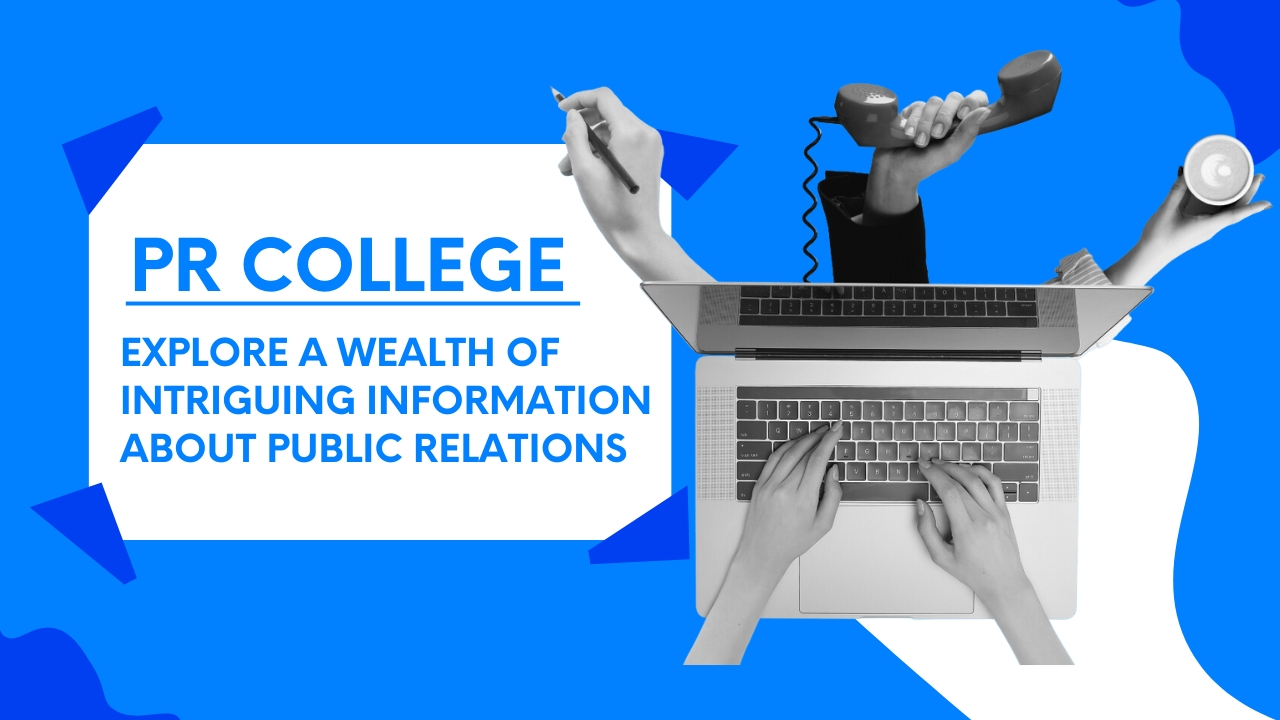/ Get To Know 5W Public Relations: What, Who, Why, When, and Where
Get To Know 5W Public Relations: What, Who, Why, When, and Where

Understanding 5W Public Relations: What, Who, Why, When, and Where
The concept of 5W in Public Relations is frequently mentioned. Therefore, delving into a more detailed discussion of 5W Public Relations becomes an interesting endeavor.
5W Public Relations is an abbreviation for What, Who, Why, When, and Where. This concept elucidates the meaning, purpose, and definition of Public Relations in greater detail.
If you are interested in working in the field of Public Relations, the following explanation is suitable for further understanding. Explore the complete explanation in the following paragraphs.
5W Public Relations: What, Who, Why, When, and Where
Public Relations is an intriguing field of work because it influences others, maintains a company's image in the eyes of the public, and more. Here is a comprehensive explanation of 5W Public Relations.
1. What
The first of the 5W Public Relations is 'What.' What, in this context, refers to what Public Relations is.
It means that one must first understand what Public Relations is before proceeding with activities in this field. Additionally, find out what will be publicized. Other questions that can be formulated in this context include the purpose of the campaign, what can be highlighted as the main topic, and so on. The 'What' question can be applied to various aspects of Public Relations.
Once the appeal, main idea, main topic, and efficiency of the contained words are identified, the publication and campaign will be more effective. As a result, work becomes more efficient and targeted.
2. Who
The next component of 5W Public Relations is 'Who.' Professionals in the field of Public Relations need to know who the target market is, who the target audience is, who needs to be approached for information and testimonials, and so on.
The target market is the primary focus in every publication. Every company must determine its target market to decide on the content and substance of a suitable marketing kit. For example, use relevant words to attract younger consumers and use easily understandable words and brief messages for older consumers.
This is important for gathering opinions, understanding the right marketing strategies, and determining which products are suitable for specific demographic groups. As a result, all activities in Public Relations become more effective and targeted.
3. Why
Next, one of the 5W Public Relations components is the abbreviation for 'Why.' The 'Why' question can be used when creating a campaign plan for Public Relations.
For example, why others should buy this product, why people should look at this product, and other reasons. 'Why' can help a Public Relations professional understand the reasons or motivations behind their actions.
4. When
Additionally, there is the word 'When' used to analyze the substance of a publication. A Public Relations professional will wonder when is the right time to publicize something.
The word 'When' can also be used when a Public Relations professional decides when to offer a particular product to specific people, when to contact certain individuals, and so on. This can help in assessing Public Relations actions and their effects.
Timing affects the number of interested consumers. For example, if publicity is done during sleeping hours, the number of interested consumers will be lower because many people are still asleep and resting. Therefore, the quantity will be much less compared to publicity done during the day.
5. Where
Furthermore, a Public Relations professional also uses the 'Where' question in their work. An extension of 5W Public Relations, 'Where' determines where a piece of writing is published, where ideas are conveyed accurately, and where campaign tools are published.
This idea helps a Public Relations professional convey the campaign, location, target, and substance accurately. As a result, all campaigns and efforts in publication yield significant results.
In conclusion, this explains what 5W Public Relations entails, encompassing What, Who, Why, When, and Where. Furthermore, it can be observed that the work of Public Relations becomes more effective, meaningful, and efficient when applying and studying these five questions.

